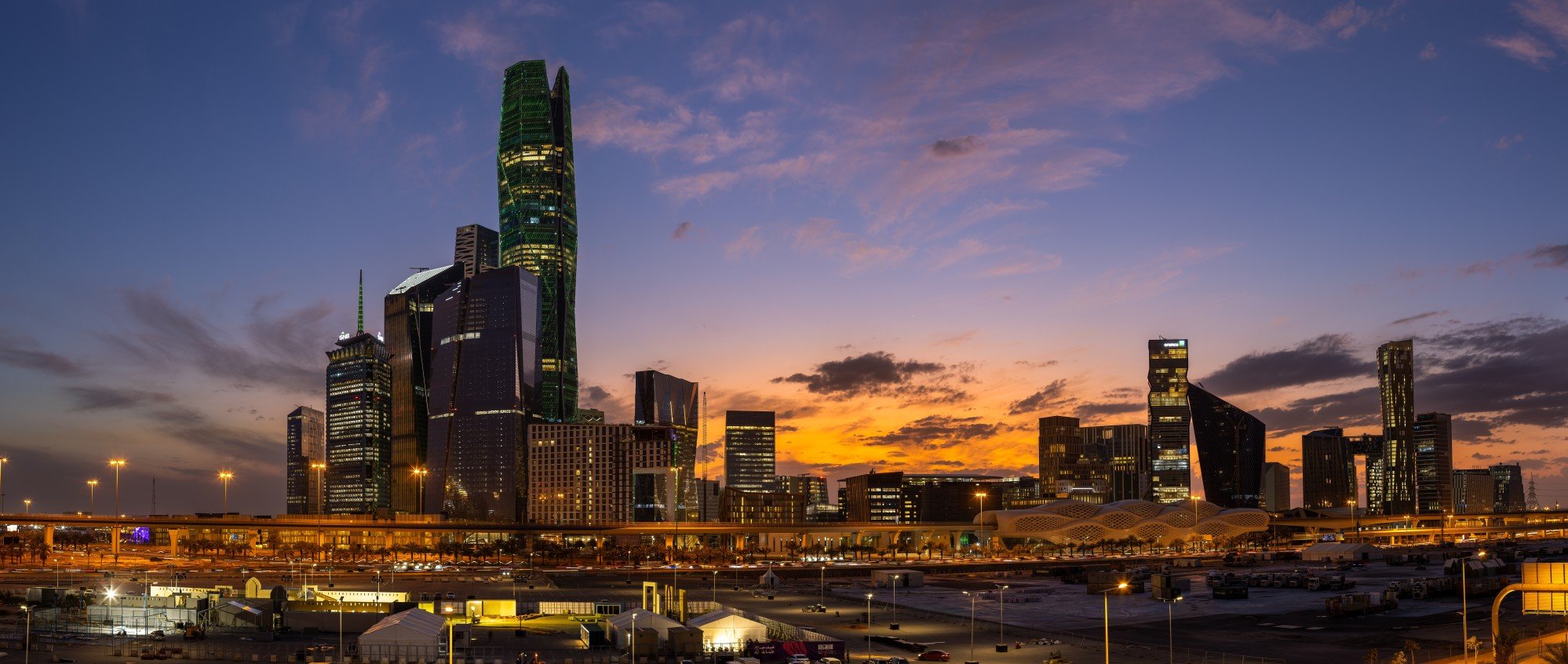
China-Middle East link is creating an ‘untapped world’ of investment potential, MSCI’s Wei says
- Two regions can revitalise historical connections through financial collaboration, but more understanding is needed, an MSCI’s managing director says
- ‘There will be more connectivity that will bring the capital to meet with the end investors,’ says Wei Zhen
China and the Middle East have the potential to revitalise their historical link through financial collaborations, but more mutual understanding is needed, according to Wei Zhen, a managing director at MSCI.
The index provider, which first included Saudi Arabian stocks in its Emerging Markets Index in 2019, has helped to put the kingdom on the map of international investors, as the index provides a benchmark to gauge the market’s movement and performance.
As the relationship between China and the Middle East continues to deepen, capital market investors will be presented with more financial products and investment opportunities.
That scenario is an “untapped world”, Wei said, because few Chinese investors previously paid attention to Saudi Arabia – and vice versa. Both communities have a learning curve to conquer in terms of not only the investment landscape but also investor preferences.
“Chinese investors will increasingly find familiarities with assets, [companies] and targets in Saudi Arabia and the Middle East, while the Middle East and Saudi investors need to build familiarities with the assets here,” he said.

China has become the largest greenfield foreign direct investor in Saudi Arabia. Its investment in the kingdom increased 11 times to US$16.8 billion in 2023 compared with the previous year, according to a report from Emirates NBD.
“The foreign direct investment between the two countries is rising healthily in a lot of fields related to electric vehicles, energy and construction,” said Wei, who is MSCI’s global head of China research. “The next phase of opportunities should be the financial market, to carry the role of helping to finance this type of growth.”
For example, many investors are looking to invest in the renewable energy sector. To cater to this need, MSCI has a portfolio construction tool that helps investors screen securities with high or low exposure to the theme and develop strategies to capitalise on opportunities.
On the index front, in 2018, MSCI and the Saudi Exchange partnered to develop a joint tradeable index, the MSCI Tadawul 30 Index, that tracks the 30 largest and most liquid securities listed on the Saudi equity market. The index can be used as a base for financial products, including derivatives and exchange-traded funds (ETFs).
With the increased financial activity between the two nations, it is essential to understand that the two pools of investors vary in their preferences and views of investment opportunities, Wei said.
For example, many Arab investors adopt shariah-compliant investing principles, which promote ethical and socially responsible financial practices. Starting in 2007, MSCI launched its MSCI Islamic Index series to cater to this.
MSCI believes working with key stakeholders across Saudi Arabia, mainland China and Hong Kong will foster increased connectivity between the respective capital markets.
Wei is confident that the increased collaboration between China and Saudi Arabia will yield results, as the two regions have roots of trust and interaction dating back thousands of years.
“We see the connectivity in the financial market is just beginning in the discussion,” he said. “Hopefully, there will be more connectivity that will bring the capital to meet with the end investors.”

